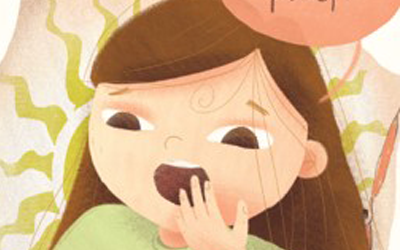Insomnia limit setting type is a type of sleep disorder that occurs when children have difficulty falling asleep and staying asleep. This type of insomnia is often caused by a lack of boundaries or rules around sleep, such as inconsistent bedtimes or allowing children to engage in stimulating activities before bedtime. In this blog post, we will explore the common causes and symptoms of insomnia limit setting type in children and offer tips for parents to help their children overcome these sleep challenges.
Causes of Insomnia Limit Setting Type in Children
Insomnia limit setting type can be caused by a variety of factors, including:
1. Lack of consistent sleep routines: Children need consistency when it comes to sleep routines. Going to bed and waking up at the same time every day can help regulate a child’s sleep cycle.
2. Stimulating activities before bedtime: Engaging in stimulating activities, such as playing video games or watching TV, before bedtime can make it difficult for children to fall asleep.
3. Lack of boundaries or rules around sleep: Children need clear boundaries and rules around sleep to develop healthy sleep habits.
Symptoms of Insomnia Limit Setting Type in Children
The symptoms of insomnia limit setting type in children include:
1. Difficulty falling asleep: Children with insomnia limit setting type may have trouble falling asleep at night, even when they feel tired.
2. Difficulty staying asleep: Children may wake up frequently during the night or have trouble staying asleep.
3. Daytime sleepiness: Insomnia limit setting type can cause daytime sleepiness, which can impact a child’s ability to concentrate and perform well in school.
Tips for Parents to Help Children Overcome Insomnia Limit Setting Type
1. Establish a consistent sleep routine: Set a consistent bedtime and wake-up time for your child, even on weekends.
2. Limit stimulating activities before bedtime: Encourage quiet and relaxing activities before bedtime, such as reading a book or taking a bath.
3. Create a calming sleep environment: Make sure your child’s bedroom is dark, quiet, and cool, which can help promote sleep.
4. Set clear boundaries and rules around sleep: Talk to your child about the importance of sleep and establish clear boundaries and rules around sleep.
5. Seek professional help: If your child continues to struggle with insomnia limit setting type, consider seeking professional help from a sleep specialist or mental health provider.
Conclusion
Insomnia limit setting type is a type of sleep disorder that can significantly impact a child’s sleep quality and daily life. By understanding the common causes and symptoms of insomnia limit setting type in children and implementing appropriate support and resources, parents can help their children overcome these sleep challenges. By establishing a consistent sleep routine, limiting stimulating activities before bedtime, creating a calming sleep environment, setting clear boundaries and rules around sleep, and seeking professional help when needed, parents can help their children get the restful and restorative sleep they need for optimal health and well-being.
For our picture book that helps children and parents learn how to improve sleep habits click here




0 Comments